
賛助会員
サポーター
Amenouzume Creative Community
アメノウズメと
創造の旅に出よう
古代からの火を継ぎ、魂を震わす物語を、共に創る。
芸能と創造の力で生命と宇宙を結びなおす
アメノウズメ共創コミュニティがはじまります
「芸能」「創作」「探求」「共育」
あらゆる“人の創造”を支え合い、磨き合う共創の場です。
私たちは、それぞれの“火”を持ち寄り、新たな物語を灯します。
あなたも“世界を照らす火”の一つになりませんか?
探索と冒険のプロジェクト
映画、アート、音楽、イベント、出版、アニメ、ゲーム、空間芸術 古代から現代を結び、時を超え命を礎を築く魂のエンターテイメント体験を創出
Project#1
映画共創プロジェクト
〜世界に剣をたてよう〜
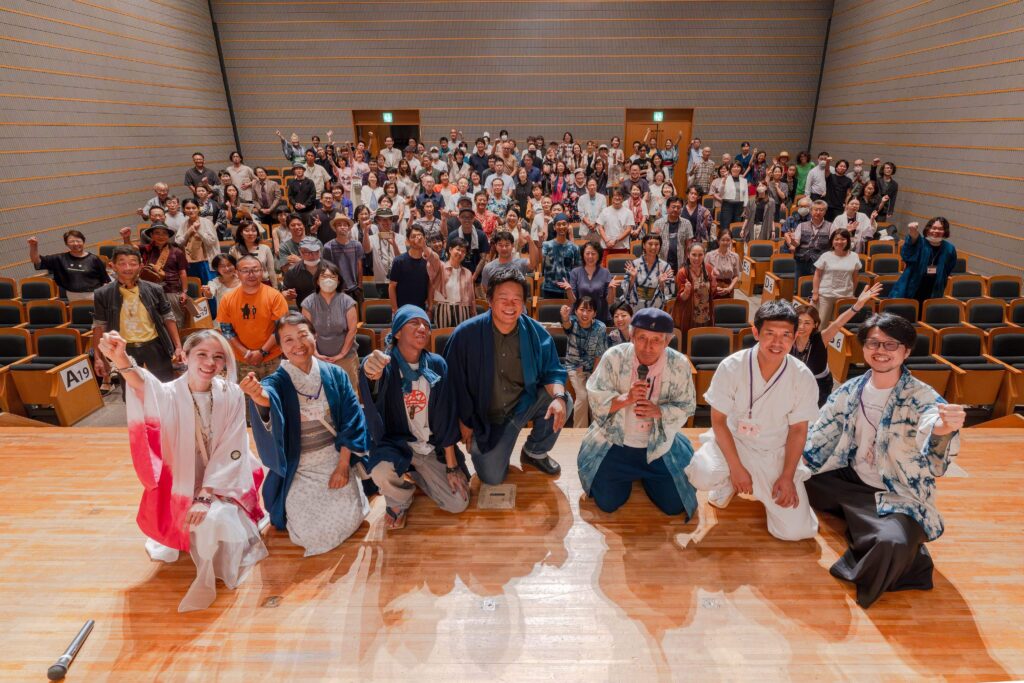
・日本各地での映画の試写会・交流イベントの企画実施
・国内外映画祭プロモーション
・劇場公開に向けた配給・宣伝プロジェクトへの関与
・撮影秘話トークや未公開映像の視聴機会
Project#2 Comingsoon
日本神話に登場する神器を創生するプロジェクト
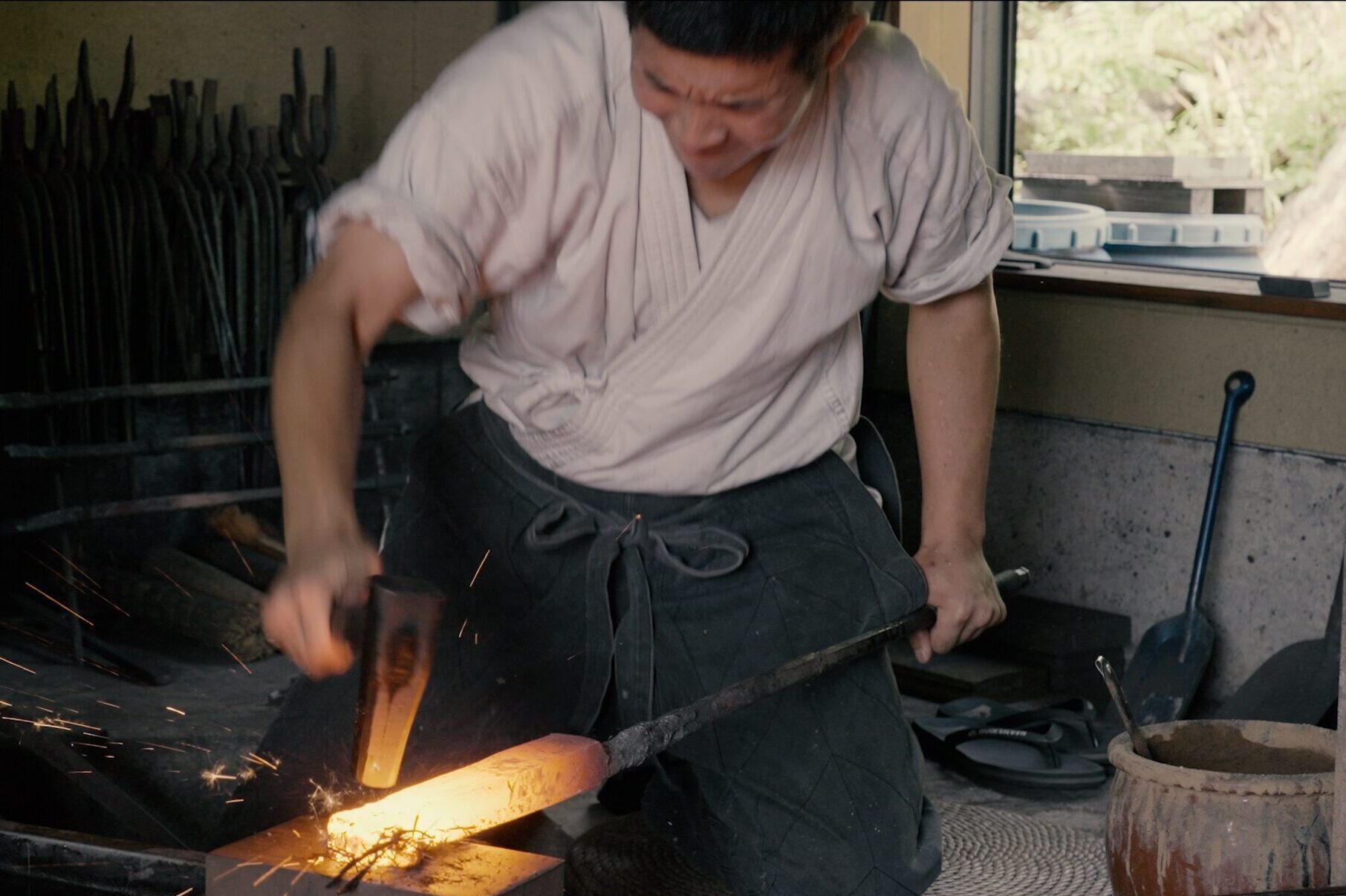
・日本神話に登場する神具を現代において創生を目指す試みであり古代神話と現代の精神文化・社会の再接続を目指すドキュメンタリー
現代の名工・宝剣鍛冶である根津啓氏によって、神話に秘められた創造の原理や男女の調和、精神的再生の道筋を映像で辿っていきます。
Project#3 Comingsoon
職人たちとの共創企画
オリジナル商品開発
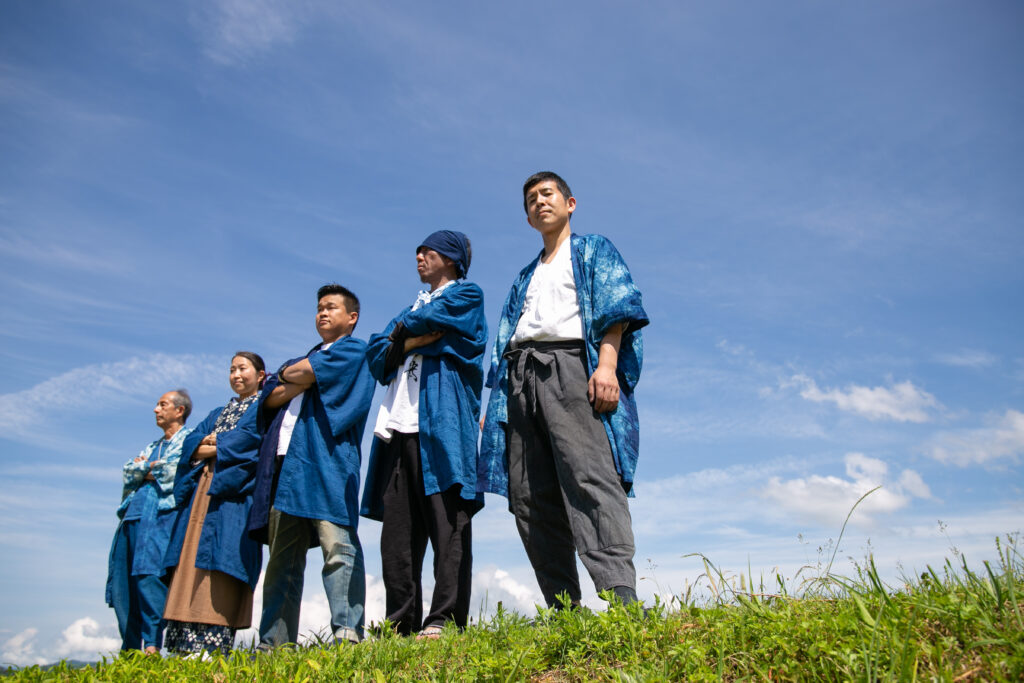
・職人たちと共にものづくりを体験できるプロジェクト
・共同でオリジナル商品を開発
・全国職人たちの現場への訪問ツアー
・座談会トークライブなども企画
Project#4 Comingsoon
日本のこころを味わう茶会
食・酒・器・空間の饗宴
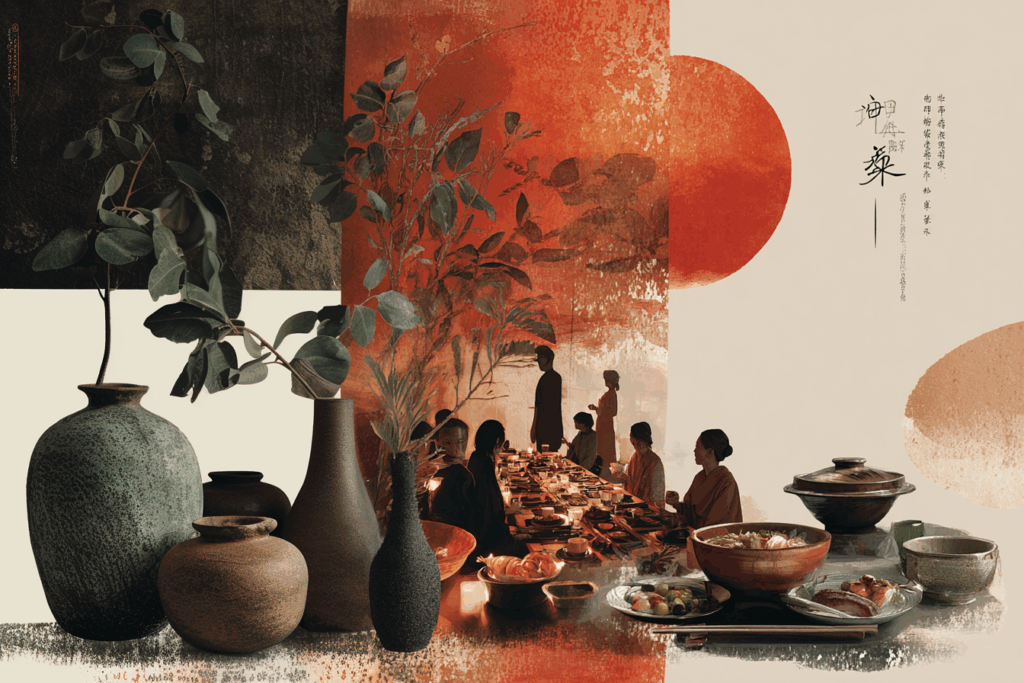
・日本の伝統的精神(和・感謝・自然との共生)を、「食」と「空間芸術」を通じて体験してもらう
・職人・芸術家・シェフの協演による、物語性のある文化体験の創出
近日詳細発表
Meeting
月一報告会・交流会
オンラインやリアルで集う
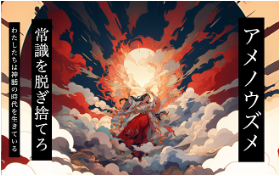
・仲間同士の交流場を定期的に開催
・各種プロジェクトの進捗報告や楽屋話など
・不定期でリアル開催も検討中
アメノウズメ共創コミュニティ -参加方法-
個人会員
個人で気軽に応援できる仕組みです。あなたの心が動く瞬間が、世界を動かす原点になる。
アメノウズメの物語を共に紡ぐ、共鳴する仲間として参加しませんか?
メニュー概要はこちらのPDFをご覧ください。
※資料は随時アップデートが加わる可能性がありますご留意ください。
法人会員
次代の文化は、志ある企業とともに創られる。
日本発・神話を活かした創造活動を、御社の価値と共に育てませんか?
法人会員として積極的にコラボレーションが可能です。
※資料は随時アップデートが加わる可能性があります。ご留意ください。

株式会社アメノウズメは
芸能と創造を使命とするクリエイティブスタジオ
わたしたちは映画、イベント、アート、音楽など
エンターテイメントを通して魂が震える体験を創造し
命が響き合う世界を生み出していきます.

CAST
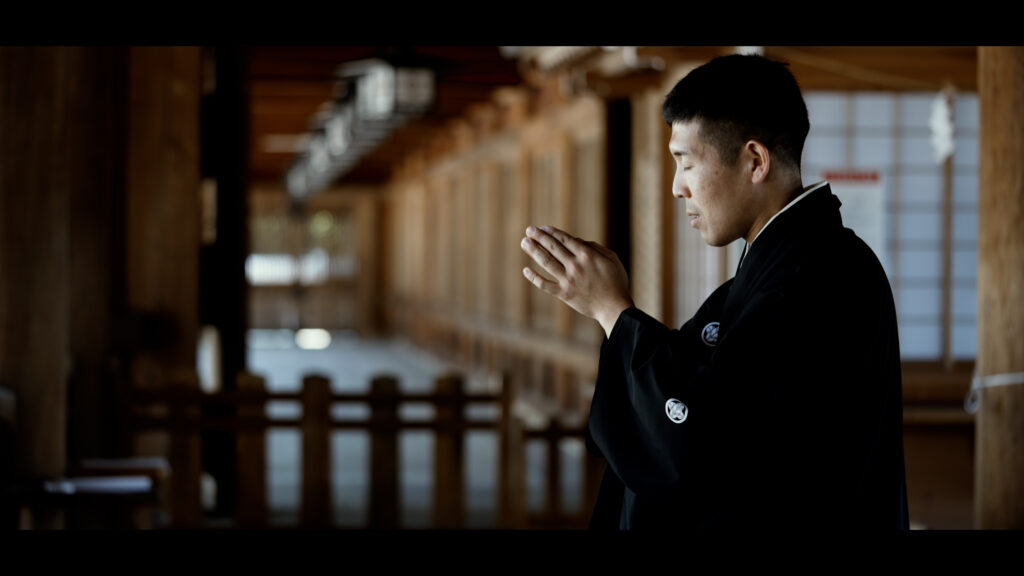
Kei Nezu,
[Japanese Swordsmith]
During his high school years, he visited a museum where he encountered the national treasure sword “Meibutsu Kanze Masamune,”
which inspired him to pursue swordsmithing.
He has received numerous awards in the world of sword-making, including prizes from the Minister of Economy,Trade and Industry and the Minister of Education, Culture, Sports, Science and Technology.
He crafts swords that protect their owners and carve a path forward.
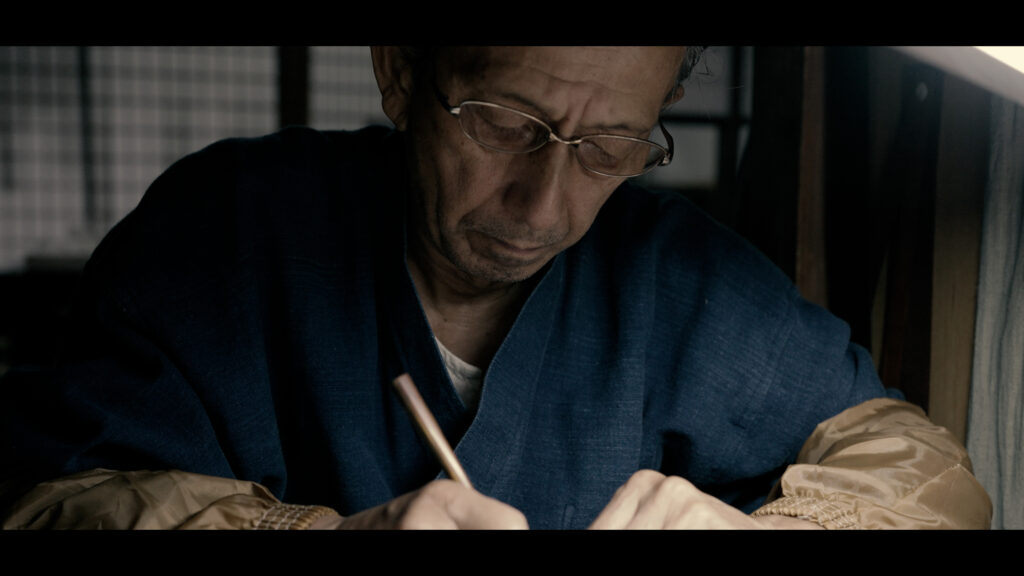
Akio Takai
[Edo-Style Carving Craftsman]
from Shirako, Suzuka City, Mie Prefecture.
Although he once left the family business of engraving, he returned to the craft after realizing the critical situation facing
engravers. He took up the chisel again to pass on his skills to the next generation. Based in the Toao workshop,
he passionately promotes artisan activities through workshops across Japan and classes in elementary schools.
This year (2025), he turns 75.
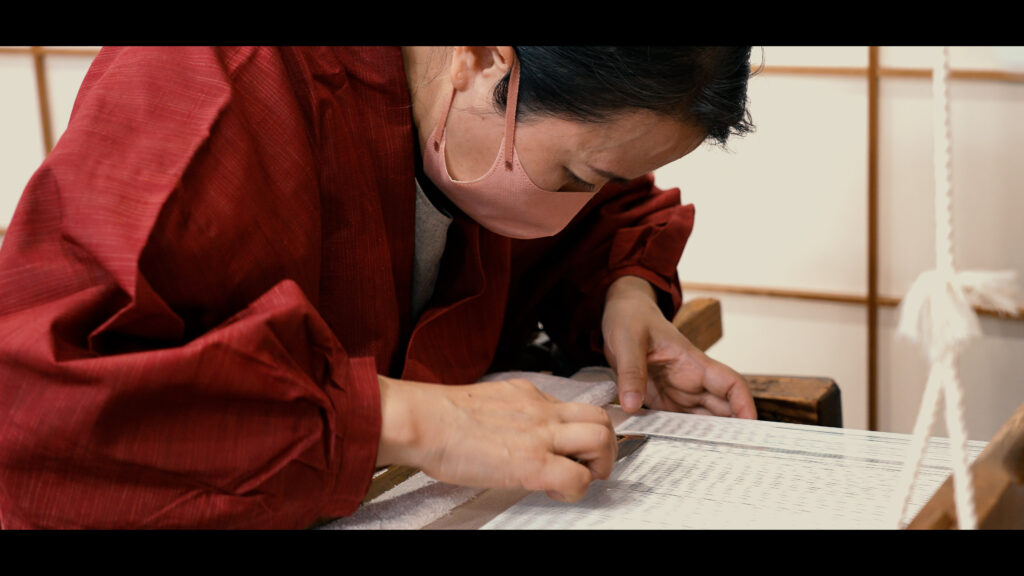
Chikako Yamagishi
[Nishijin Textile Artisan]
originally from Hiroshima Prefecture, studied Japanese painting at a junior college. After graduation, she worked at a weaving company where she learned the technique of “nail-pulling hon tsuzure” weaving for three years.
Inspired by a tsuzure weaving exhibit she saw at a show, she decided to pursue a career as a dyeing and weaving artist and returned to school for further education. After graduating, she apprenticed for three years under Shisen Kodama, a master of Nishijin weaving. Overcoming trigeminal neuralgia in her thirties, she earned the qualification of Nishijin Weaving
Traditional Craftsman.
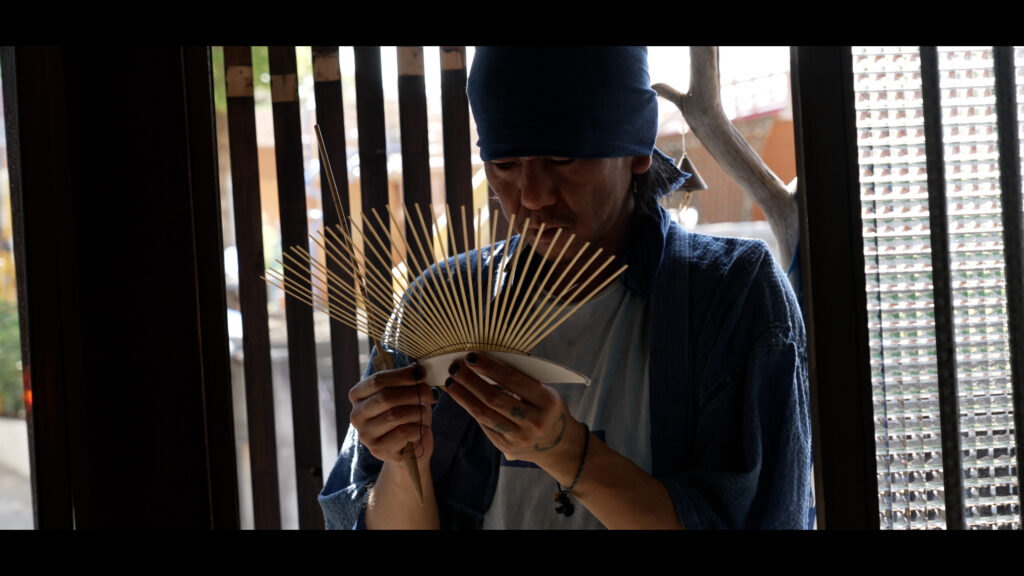
Tonbiii(Yutaka Shimizu)
[Indigo-Dyed Marugame Fan Artisan]
from Kagawa Prefecture.
After leaving his office job, he trained in Tokushima and his hometown Marugame, focusing on creating unique works
that combine authentic indigo dyeing with Marugame fans.
Alongside his craft, he also runs a guesthouse and workshop called “Hatagoya Tonbiii” (Travelers’ Inn Tonbiii).
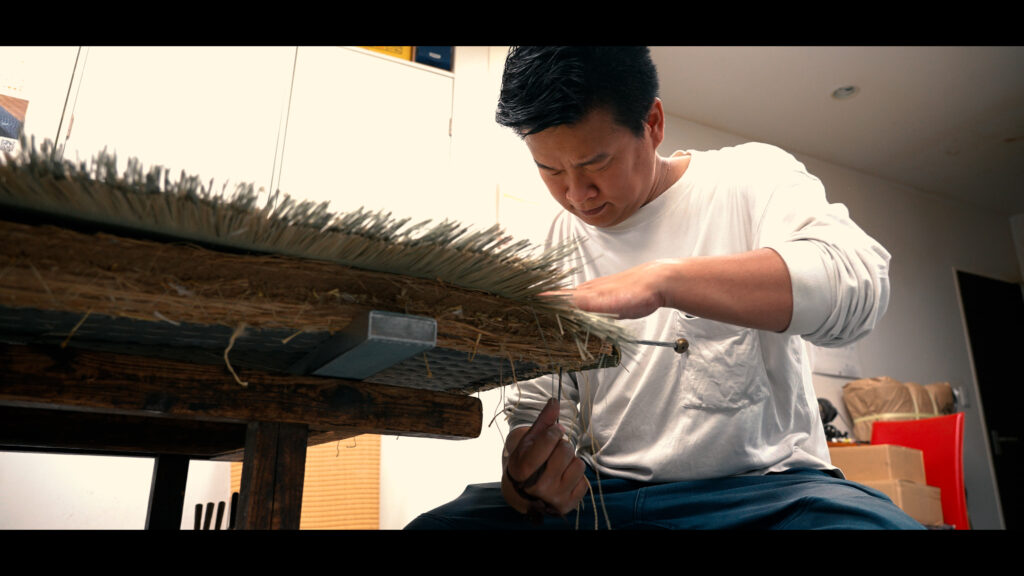
Taihei Tsunekawa
[Tatami Craftsman]
from Tokyo. He represents the sixth generation of the Takaokaya Tsunekawa Tatami Shop, which has been in operation for over 160 years. After graduating from university, he enrolled in a tatami craftsmanship training school where he obtained a national certification as a first-class tatami craftsman and a license as a tatami instructor. He succeeded his father
to continue the tradition of tatami craftsmanship. While preserving age-old techniques, he is also committed to developing new products to make tatami more accessible and familiar to the public.
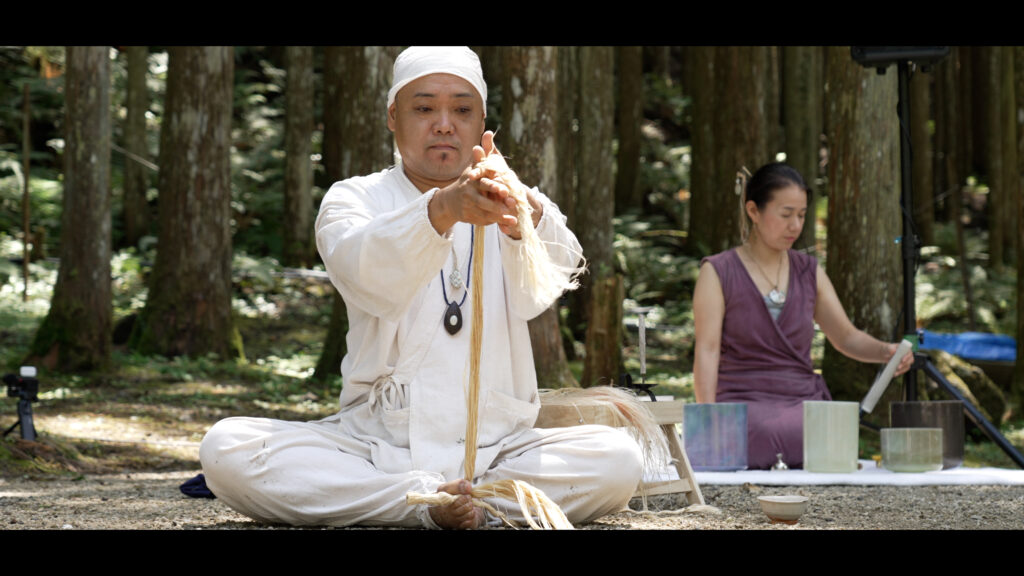
Harumitsu Takaoka
[Hemp Knot Artisan]
from Nara Prefecture.
He encountered fine hemp and creates works themed around “prayer.” He has donated shimenawa (sacred ropes) and
other works to many shrines and temples across Japan, including Miwa Za-Ebisu Shrine and Kashihara Shrine.
He holds about 60 workshops and classes annually in various locations. In 2021, he formed the art unit MuSuHi
with art director Shigeyoshi Mishima.
STAFF
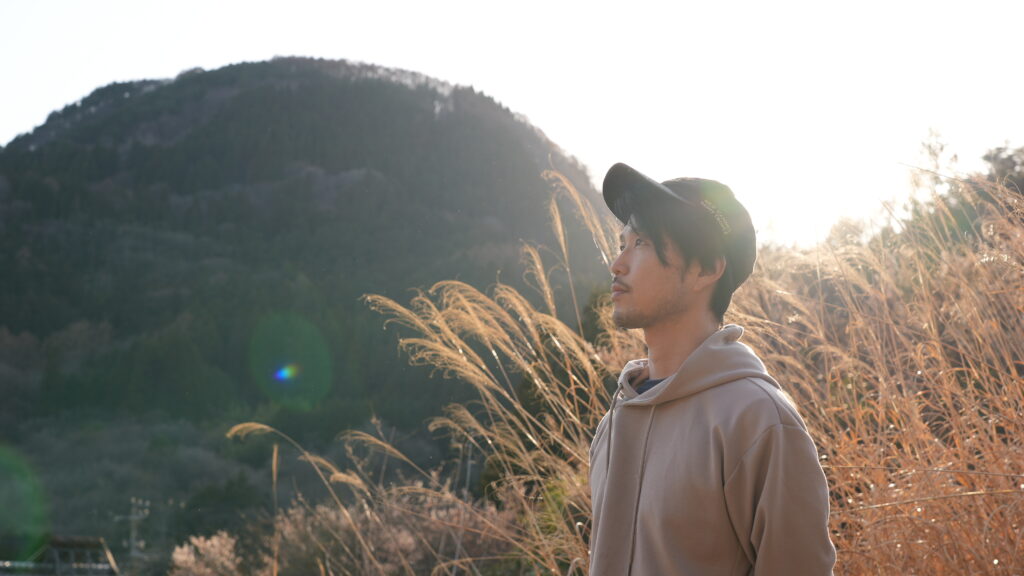
Director
Shinichi Sawada
born in Tokyo in 1983. After working in advertising and various sectors of the entertainment industry, he became independent in 2021. He founded Amenouzume Inc., a creative studio named after a goddess from Japanese mythology, with a mission to explore the realms of performance and creation.
As a director and producer, he devoted nearly four years to the making of his debut documentary film, “Hinomoto Shokuninshu: TSURUGI”, released in 2025. Centered on six Japanese artisans and their pursuit of creation through the theme of “harmony,” the film intimately follows the artisans at work—capturing the inherited techniques and spirit embedded in their craft. Through their struggles and paths of renewal, the film reflects on the essence of life as a journey of self-confrontation.
In 2024, Sawada took the stage as a speaker at TEDxKioicho, sharing his vision as a documentary art director and advocating the deeper significance of the Japanese sword. In 2025, his work was selected for the EXPO VISION program at the Osaka Expo Arena “Matsuri.”
© 2025 Amenouzume Inc.